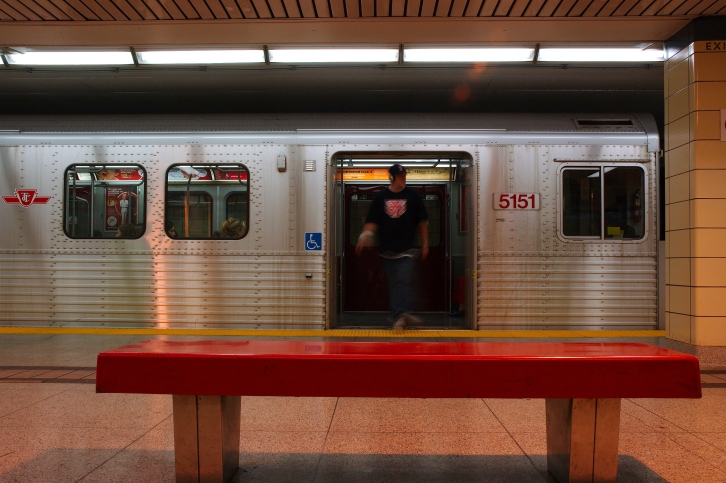Two things are critical for successful urban transit. First, seamless integration of service between different transit operators. Second, encouraging private firms to operate urban transit along with state-owned transit operators. This has made transit a success in Tokyo. Toronto should take note.

When it comes to running trains, one can learn from the Japanese experience. After all, it is the land of the rising sun and that of the bullet train (Shinkansen). So when the Japanese experts in urban rail operations arrived in Toronto to share their experience, the transit enthusiasts and decision-makers showed up to listen. In attendance were MetroLinx’s CEO Bruce McCuaig and TTC commissioner Karen Stintz along with transit experts and planners.
The Consulate General of Japan hosted the Toronto Urban Rail Seminar. Japanese transit experts shared their expertise in operating the integrated urban rail transit system in Tokyo and its surroundings. A lot could be learnt from Tokyo’s success in transit operations even when one acknowledges the obvious difference in size and scope between Toronto and Tokyo. The Tokyo metropolis, with 35 million people, has the same demographic footprint as Canada. Still, lessons about the integrated transit systems and facilitating private rail companies to operate transit are important considerations because they inform the limited choice set of transit options that Canadians are forced to choose from.
Public versus private funding
Toshifumi Ishiya from the Japan International Transport Institute spoke at length about private rail transit operators who play a key role in providing urban transit service in the Tokyo metropolis. Most private operators in Japan do not receive any operating subsidy from the government. However, their revenue streams are more diverse than just the fare box revenue. Many rail transit operators also developed land along the rail corridors and transit stations and were able to generate significant revenue from developed land uses, such as housing and recreation. This helped keep private transit operators profitable and free of government subsidies.
Mr. Ishiya also spoke of the cost-sharing formulas between central and local governments for capital expenditures in public transit. The recent Japanese experience in expanding urban and regional transit involves subsidies amounting to 35 per cent of the capital cost provided for by both central and local governments. Even the expansion of the high-speed rail service is subsidised partially by the local governments because they eventually benefit from improved accessibility resulting in higher local tax revenues.
Even more important is the lesson about integrated transit service in the Tokyo region where privately and publically operated trains running above- and underground share tracks, transit stations, fares, and fare collection systems. It is important for the commuter to avoid the hassles of transfers from one system to another, warned Mr. Ishiya. The Japanese solution is seamless integration of transit service where the commuter focuses on the journey and not on the jurisdictional constraints of transit operators.
Japan, though, is not alone in integrating diverse urban transit systems. After the unification of Berlin, transit systems from East and West Germany were integrated to offer seamless transit service to all citizens of the United Berlin. The S-Bahn (surface rail) and U-Bahn (underground rail) were integrated across Berlin overcoming challenges resulting from different rolling stock, different technology, and at times, different rail gauges.
Moving six million people a day
On a given day in Tokyo more than six million commuters travel by public transit to their destinations. The number of transit users in Tokyo is almost the same as the population of greater Toronto area. And whereas over 70 per cent commuters commute by public transit in Tokyo, the share of public transit in Toronto and other cities in Canada is fairly small.
It would be naïve to assume that in the near future Toronto will be able to catch up to cities in Europe and Asia that have extensive public transit systems. The task is becoming increasingly remote when one sees the disjointed efforts by different tiers of governments to expand public transit service. Before we get on with building new public transit, we may want to get our priorities right. This will require the political and administrative leadership to be on the same page.
For this reason, the citizens of Toronto should be thankful to the Japanese Consulate for jointly hosting city’s two key transit leaders, Karen Stintz and Bruce McCuaig, while they learnt about the best practices in transit operations from Tokyo.
Getting Toronto’s transit leadership under the same roof and listening about best practices in transit operations is no small feat. Before we integrate transit systems, let’s first integrate our transit plans.




Comments